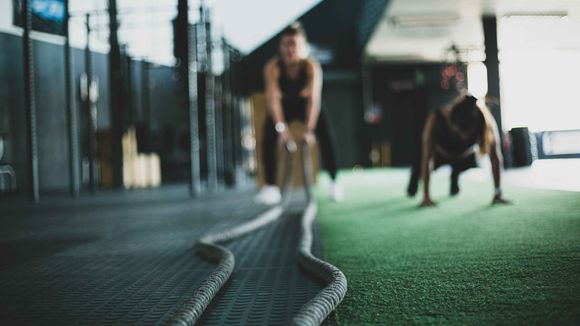Physical activity and brain health
Physical activity has been central to the life of our species for most of its history and thus shaped our physiology during evolution. However, only recently have the health effects of sedentary lifestyles and calorie-rich diets become clear.
It is also recognized that lifestyle and diet can cause epigenetic modifications that change the structure of chromatin and gene expression, thereby causing even hereditary metabolic results. Many studies have shown that physical activity can reverse at least some of the unwanted effects of a sedentary lifestyle and can also contribute to slowing brain aging and degenerative pathologies such as Alzheimer's disease, diabetes and multiple sclerosis.
The most important thing in today's topic is that physical activity improves cognitive processes and memory, has analgesic and antidepressant effects and contributes to human wellness and better physical and mental health. [ [ref. 1] ]
Brain Biology and Growth
Regular sports practice really changes brain biology, but regular walks in the park or neighborhood doesn't count for it. In particular, exercise of an aerobic nature such as cardio successfully changes the brain for the better and improves its functions.
Neuroplasticity - what is it
Contrary to what some people think, the brain is a very plastic organ. This is not a new concept – brain plasticity or "neuroplasticity" of the brain have been studied since the last century. In the 20th century, the question of how information is stored in the brain stimulated a long-term study that focused on the properties of synaptic transmission. With the publication in 1949 of the work "Organization of Behavior", the Canadian psychologist Donald Olding Hebb formulated a theory about possible neural mechanisms of learning and memory.
Later came the first evidence linking short-term plasticity to behavioral modifications, as well as scientific data on another form of sustainable synaptic plasticity called metaplasticity. [ [ref. 2] ] Metaplasticity, also known as synaptic plasticity, is a newly discovered phenomenon that involves activity-dependent changes in neural function that modulate synaptic plasticity.
Surely at least we can say that there are two types of brain neuroplasticity,:
- Functional plasticity: The brain's ability to move functions from a damaged area of the brain to other undamaged areas
- Structural plasticity: The brain's ability to actually change its physical structure as a result of learning
Every day, not only new neural connections are formed, but also new cells in important areas of the brain. One key area is the hippocampus, which is involved in learning and memory and regulates negative emotions.
A molecule called neurotrophic factor (or BDNF) extracted from the brain helps it produce neurons or brain cells. A variety of aerobic and highly intense interval trainings have been shown to significantly increase BDNF levels [ [ref. 3] , [ref. 4] ].

There is evidence from animal studies that these changes are at the epigenetic level. This means that these behaviors affect how genes are expressed, leading to changes in neural connections and function.
Moderate exercise also has anti-inflammatory effects, regulating the immune system and excessive inflammation, which is the basis of many chronic diseases and conditions [ [ref. 5] ] [ [ref. 6] ]. Given the important place that neuroscience acquires in the potential role of inflammation in anxiety and depression, this knowledge can be very useful to us.
Last but not least, there is evidence of the positive effects of sports on the neurotransmitters dopamine and endorphin. These are brain chemicals that send signals between neurons. Both are associated with positive mood and motivation, improved concentration and enthusiasm for new activities.
Physical activity improves clinical symptoms of anxiety and depression
Scientists have studied the effects of exercise on measurable brain function and symptoms of depression and anxiety. The results unequivocally show that exercise improves memory function, cognitive performance and academic performance. Studies have also shown that regular physical activity has a moderate effect on symptoms of depression, even comparable to psychotherapy.









